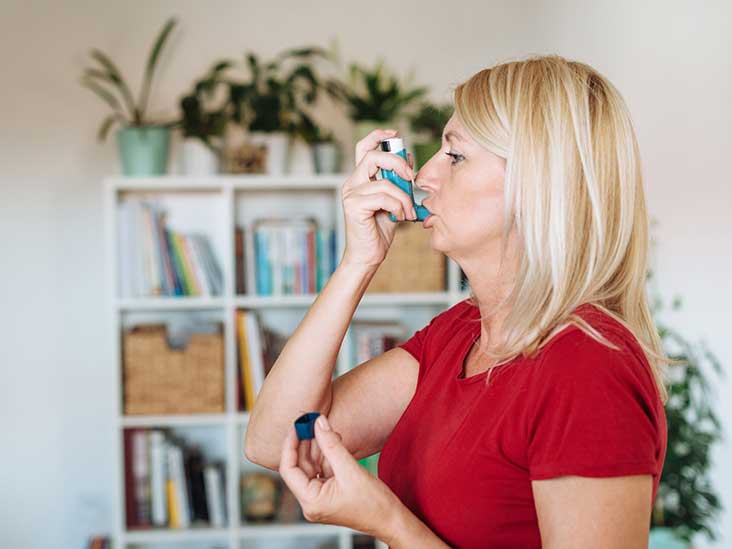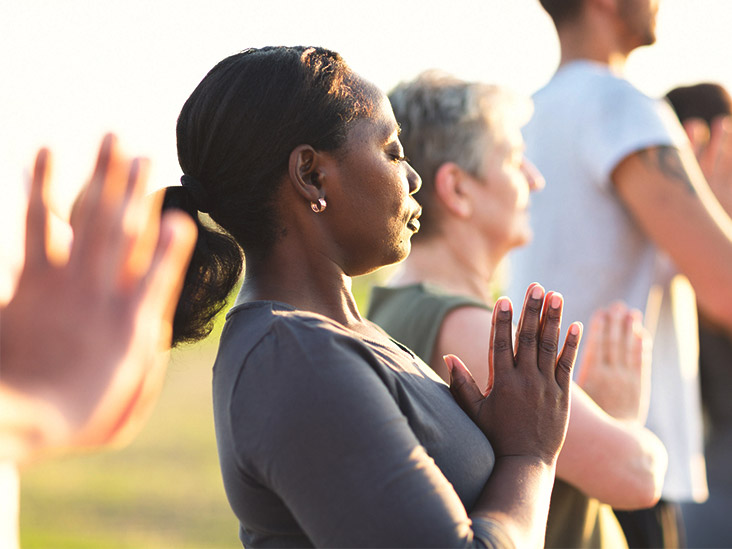It's Never Too Late: Learn How to Ice Skate
Do you find yourself gaining weight during the long, cold winter months? Is it difficult to stay motivated to exercise, particularly when there's frost on the ground?
If your home exercise equipment or local gym is failing to get you up and out of your easy chair, it may be time to try a new type of exercise this winter. How about something that not only gets your heart beating faster, but also improves your balance, physical fitness, and coordination? Why not try something that's so much fun, you'll forget you're working out?
Ice skating might be the perfect fit for you.You may follow figure skating competitions during the winter Olympics or enjoy watching your favorite hockey team square off against its rivals — but do you skate yourself? It's never too late to learn. You can learn to ice skate at any age. Learn more about the benefits of this fun and invigorating winter activity.
Ice skating is great for your heart and lungs. It provides an aerobic workout, getting your heart pumping and improving your circulation. This can help you feel more alert and energetic, while lowering your risk of heart disease.
Ice skating can also help you lose weight, especially if you combine it with a healthy and well-balanced diet. You can potentially burn more than 200 calories for every half hour of skating, reports Harvard Medical School.
Ice skating also tones and stretches your muscles as you learn to engage your abdominals, thighs, and calves to maintain your balance. The more you skate, the more strength and endurance you'll develop.
Finally, skating can improve your mental fitness. As you learn to skate, you'll challenge your mind and body to develop new skills, increase your self-confidence, and exercise mental control. This fun seasonal activity is also a great way to spend time with friends and family members. Hitting your local ice rink together can help you unwind and relieve stress in the company of loved ones.
Before you start ice skating, take these simple steps to prepare.
Talk to your doctor
As with any exercise program, it's wise to check with your doctor before starting to ice skate. They can help you decide if you're in good enough health to take on the challenge. They can also help you understand the risks and benefits, and strategies to avoid injury.
Stock your closet
It's important to dress warmly but in layers when you skate, so you can shed clothing as you start to warm up. Leggings and stretchy fitted tops allow freedom of motion. Wear microfiber socks rather than cotton socks. They will absorb moisture and fit well on your feet, reducing your risk of blisters. Wear gloves, not only for warmth, but also to protect your hands if you fall.
Consider wearing hip, knee, elbow, and wrist pads or guards to protect your joints against injuries. A helmet can also help you stay safe by avoiding head injuries. Wearing protective equipment is especially important if you're not confident in your balance. These precautions can help you avoid injury and continue skating, even after a fall.
Rent or buy skates
When you first start, consider renting your skates instead of buying them. That will give you the chance to try different styles to learn what you like and don't like. When it comes time to buy, you'll have more experience and knowledge on which to base your purchasing decision.
If you want to buy skates right away, get some advice from a reputable skating instructor. They can help you determine which skates may be best for you. Whatever you decide, make sure your skates fit well. Skate sizes don't always match shoe sizes. Your heels should be snug against the back of your skates, and you should be able to wiggle your toes up and down.
Once you've got your doctor's approval and basic apparel, you're ready to go skating. You can choose a public skate time at your local rink and try it out on your own. You can invest in group or private lessons. Or you can ask a friend or family member who knows how to skate to help you learn.
You'll probably fall a few times along the way, so it's important to learn how to fall in ways that will minimize your risk of injury. Tuck your hands in close so other skaters don't run over your fingers when you are down. Try to relax as you fall, so you don't land too stiffly. Protect your wrists, elbows, hips, and knees if possible. If you can, land on your backside. That's the least likely part of your body to get injured.
Practice stopping as soon as you can. This will be your most important skill. You can use the T-stop, where you drag one skate behind the other at a 45-degree angle. Or you can use the snowplow stop, where you push your skates apart and form a pigeon-toed position, using the inside of the blades to shave the ice and slow your momentum.
Try not to become discouraged. Remember you're learning something entirely new. It's important to be patient with yourself and enjoy the journey. Before long, you may find yourself dreading the summer months because ice skating is so much fun!
-
 6 interesting genetic traits that children will inherit from their parents
6 interesting genetic traits that children will inherit from their parents
-
 7 effects of asparagus on child development
7 effects of asparagus on child development
-
 Does cutting blood hair for babies bring good luck?
Does cutting blood hair for babies bring good luck?
-
 The more babies eat, the higher the height they develop, especially the second kind
The more babies eat, the higher the height they develop, especially the second kind
-
 Children with chicken pox should eat to quickly recover from the disease, without leaving a deep scar?
Children with chicken pox should eat to quickly recover from the disease, without leaving a deep scar?
-
 The more food is cooked, the better it can be for health, especially the second type
The more food is cooked, the better it can be for health, especially the second type































